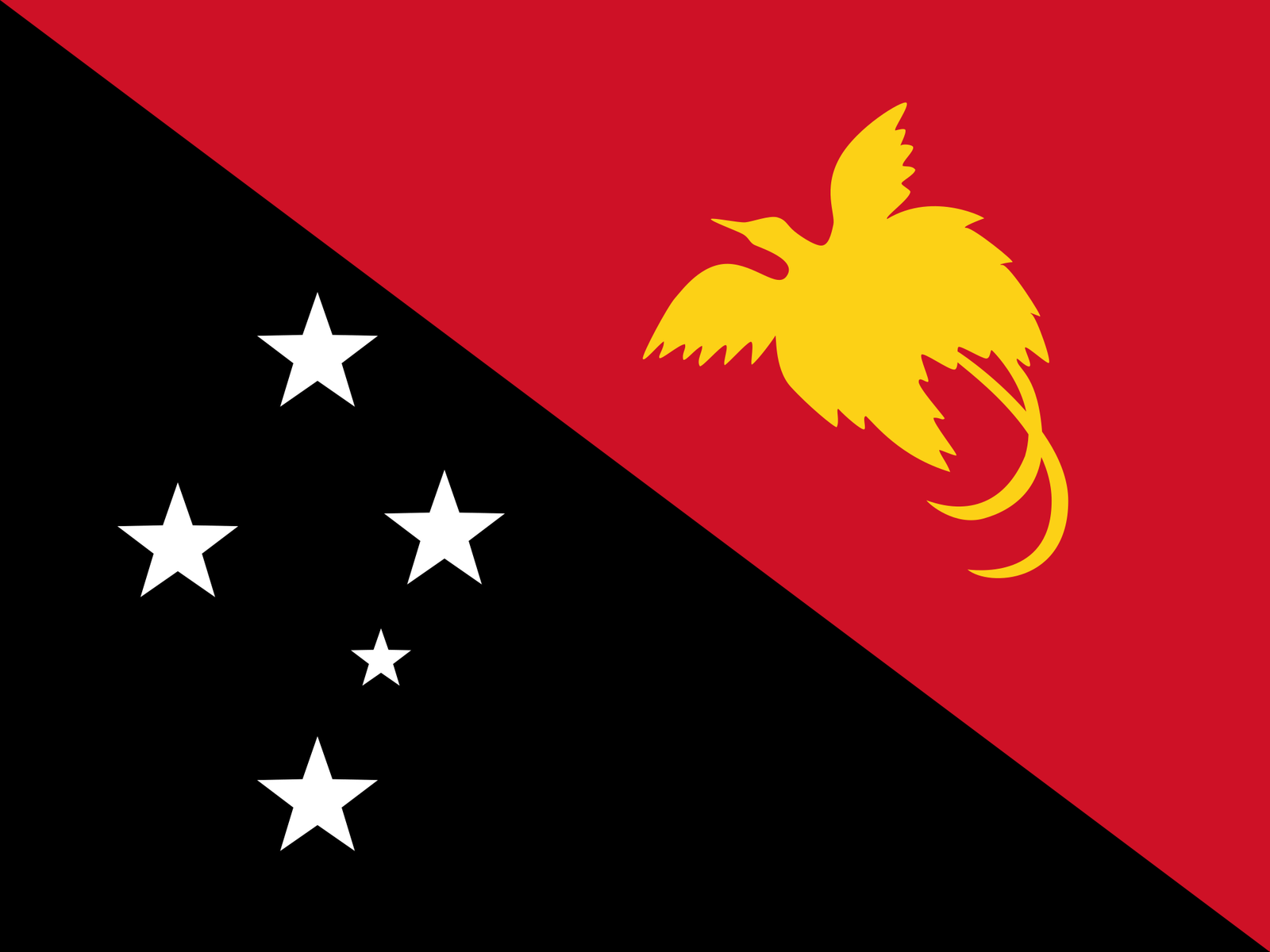Unveiling the Distinctive Coffees of Papua New Guinea
Papua New Guinea, a country known for its rugged terrain and rich cultural diversity, is quietly carving a niche for itself in the global coffee market. The Papua New Guinea coffee profile is a captivating tale of high-altitude cultivation, unique processing methods, and a commitment to preserving traditional practices that result in a coffee experience that is as diverse as the nation itself.
Coffee cultivation in Papua New Guinea thrives in the highlands, particularly in regions like the Eastern Highlands, Western Highlands, and Simbu. The mountainous terrain, with elevations ranging from 600 to 2,000 meters above sea level, creates optimal conditions for the cultivation of Arabica coffee, which predominates in Papua New Guinea.
The altitude, combined with the volcanic soils of the highlands, contributes to the nuanced flavor profile of Papua New Guinea coffee. The slow maturation process of the coffee cherries at higher elevations results in beans with a distinct acidity, brightness, and complexity.
Papua New Guinea’s coffee industry is characterized by a strong adherence to traditional farming practices. Smallholder farmers, often organized into cooperatives, cultivate coffee using methods passed down through generations. These traditional practices include shade-grown cultivation, where coffee plants are shaded by native trees, preserving biodiversity and enhancing the quality of the beans.
The commitment to traditional farming not only preserves the cultural heritage of Papua New Guinea but also contributes to the unique characteristics of its coffee. The symbiotic relationship between the land, the people, and the coffee plants is evident in every cup of Papua New Guinea coffee.
Papua New Guinea is known for its meticulous processing methods, which vary across different regions. One notable processing method is the “washed” or wet-processing technique. This method involves pulping the coffee cherries, fermenting them in water, and then washing away the mucilage before drying the beans. The result is a clean cup with bright acidity and distinct flavor notes.
Another unique processing method found in Papua New Guinea is the “semi-washed” or honey-processing technique. In this method, some of the mucilage is intentionally left on the beans during drying, imparting a sweeter and more nuanced flavor profile to the coffee.
Papua New Guinea coffee offers a complex and intriguing flavor profile that reflects the country’s unique terroir. Arabica beans from the highlands are known for their bright acidity, medium body, and a range of flavor notes that can include fruity, floral, and spicy undertones.
The washed coffees from Papua New Guinea often showcase a clean and crisp cup with citrusy acidity and vibrant liveliness. In contrast, honey-processed coffees may exhibit a fuller body, enhanced sweetness, and a more pronounced fruitiness.
Coffee holds cultural significance in Papua New Guinea, with rituals and ceremonies surrounding its cultivation and consumption. The vibrant cultural diversity of the country is reflected in the various coffee-growing regions, each contributing unique flavors and characteristics to the overall Papua New Guinea coffee profile.
The importance of coffee in Papua New Guinea extends beyond economic benefits; it plays a central role in social interactions and traditional celebrations. The sharing of coffee is a symbol of hospitality and connection, reflecting the warmth and openness of Papua New Guinean communities.
Papua New Guinea’s coffee profile is a symphony of flavors orchestrated by its diverse geography, traditional farming practices, and unique processing methods. The commitment to preserving cultural heritage and environmental sustainability sets Papua New Guinea’s coffee apart in the global market. In every cup, one can taste the harmony of the highlands, the richness of tradition, and the vibrant cultural tapestry that defines Papua New Guinea’s coffee landscape.
Tags: coffee growers, Papua New Ginea

